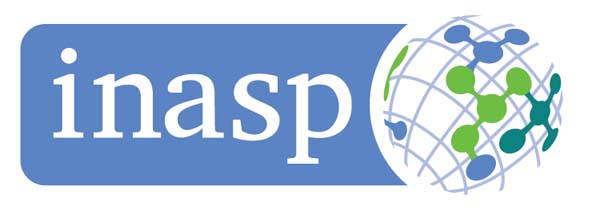Energy Optimization Approach in Wireless Sensor Network
DOI:
https://doi.org/10.29304/jqcsm.2024.16.31647Keywords:
Internet of Things - Wireless Sensor Network - Routing Algorithm - Energy ConsumptionAbstract
In recent years, the importance of routing protocols in wireless sensor networks and the Internet of Things has been demonstrated by the numerous studies that have been presented in this area. because it is crucial to the network's functionality and effectiveness. Among routing's main goals are lowering latency, enhancing reliability, and averting network collisions. Additionally, it can be claimed that the type of network routing affects service quality, network longevity, and network traffic load control. Thus, in order to lower routing error and boost network performance and efficiency, the firefly is employed in this study to identify the best information transmission path within the network. It is also employed to reduce energy consumption. Taking into account the ability of evolutionary algorithms to optimize specified objective functions, we attempted to lower the network's energy consumption. The network can enhance the number of sending packets with the beginning energy of 3 joules from 1480 rounds to 1798 rounds, based on the proposed algorithm's results. Additionally, by contrasting the approaches described in the same article, it was discovered that the suggested approach can send roughly 40.11% more packets than the RM-LB algorithm and 1.9573% more than the OMS-LB technique. Additionally, it was discovered that by raising the starting energy to 150 joules, the suggested technique outperformed the other two algorithms by 51.23% and 45.17%, respectively, and was able to lengthen the longevity. This was in comparison to the RM-LB method and the OMS-LB method.
Downloads
References
Conti M, Dehghantanha A, Franke K, Watson S. Internet of Things security and forensics: Challenges and opportunities. Future Generation Computer Systems. 2018 Jan 1;78:544-6.
R. Buyya and A. V. Dastjerdi, Internet of Things: Principles and Paradigms. 2016.
N. Komuro et al., “Sensor networks,” IEICE Trans. Commun., 2016.
T. Salman and R. Jain, “Internet of Things Protocols and Standards,” Adv. Comput. Commun., 2017.
X. Fan and F. Du, “Shuffled frog leaping algorithm based unequal clustering strategy for wireless sensor networks,” Appl. Math. Inf. Sci., 2015.
H. Yetgin, K. T. K. Cheung, M. El-Hajjar, and L. Hanzo, “A Survey of Network Lifetime Maximization Techniques in Wireless Sensor Networks,” IEEE Communications Surveys and Tutorials. 2017.
N. Choubey and S. Rao, “Topology control in wireless sensor networks,” in Proceedings - 2009 3rd International Conference on Sensor Technologies and Applications, SENSORCOMM 2009, 2009.
K. C. Karthika, “Wireless mesh network: A survey,” in Proceedings of the 2016 IEEE International Conference on Wireless Communications, Signal Processing and Networking, WiSPNET 2016, 2016.
Kandris, D., Nakas, C., Vomvas, D., & Koulouras, G. (2020). Applications of wireless sensor networks: an up-to-date survey. Applied System Innovation, 3(1), 14.
Bhat, M. S., Shwetha, D., & Devaraju, J. T. (2011). A performance study of proactive, reactive and hybrid routing protocols using qualnet simulator. International Journal of Computer Applications, 28(5), 10-17.
Sangaiah, A. K., Hosseinabadi, A. A. R., Shareh, M. B., Bozorgi Rad, S. Y., Zolfagharian, A., & Chilamkurti, N. (2020). IoT resource allocation and optimization based on heuristic algorithm. Sensors, 20(2), 539.
Imanirad, R., Yeomans, J. S., & Yang, X. S. (2018). Stochastic Modelling to Generate Alternatives Using the Firefly Algorithm: A Simulation-Optimization Approach. GSTF Journal on Computing (JoC), 3(1).
Castillo, O., Soto, C., & Valdez, F. (2018). A review of fuzzy and mathematic methods for dynamic parameter adaptation in the Firefly algorithm. In Advances in Data Analysis with Computational Intelligence Methods (pp. 311-321). Springer, Cham.106
Kora, P. (2017). ECG based myocardial infarction detection using hybrid firefly algorithm. Computer methods and programs in biomedicine, 152, 141-148.
Bita Amirshahi, Azita Yousefi. 2013 improvement of artificial bee colony algorithm by using nightworm algorithm Tab. Ministry of Science, Research and Technology - Payam Noor University - Payam Noor University of Tehran Province - Faculty of Computer Engineering
Downloads
Published
How to Cite
Issue
Section
License
Copyright (c) 2024 Mohammed Mohsin Ali

This work is licensed under a Creative Commons Attribution-NonCommercial-NoDerivatives 4.0 International License.













